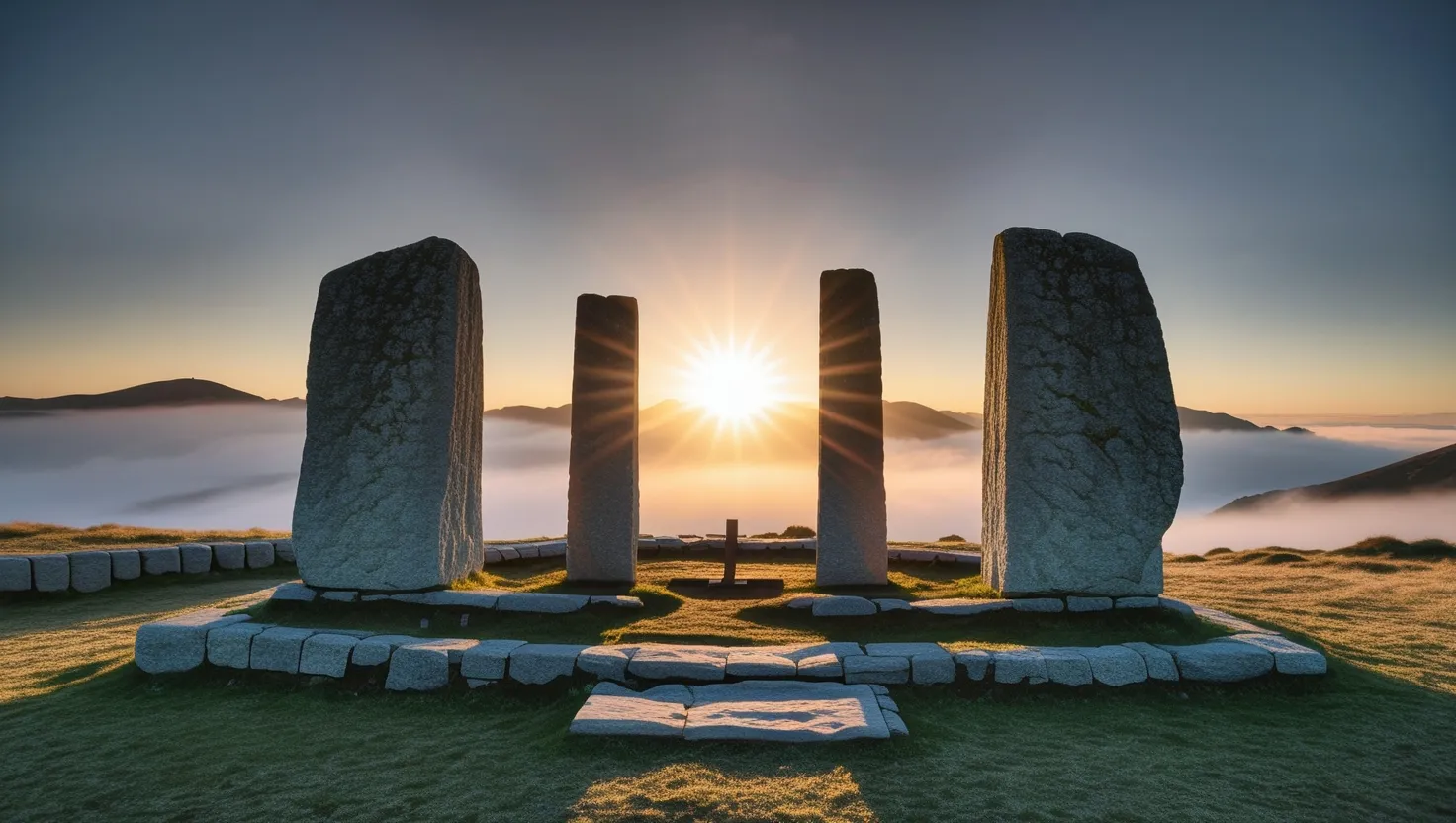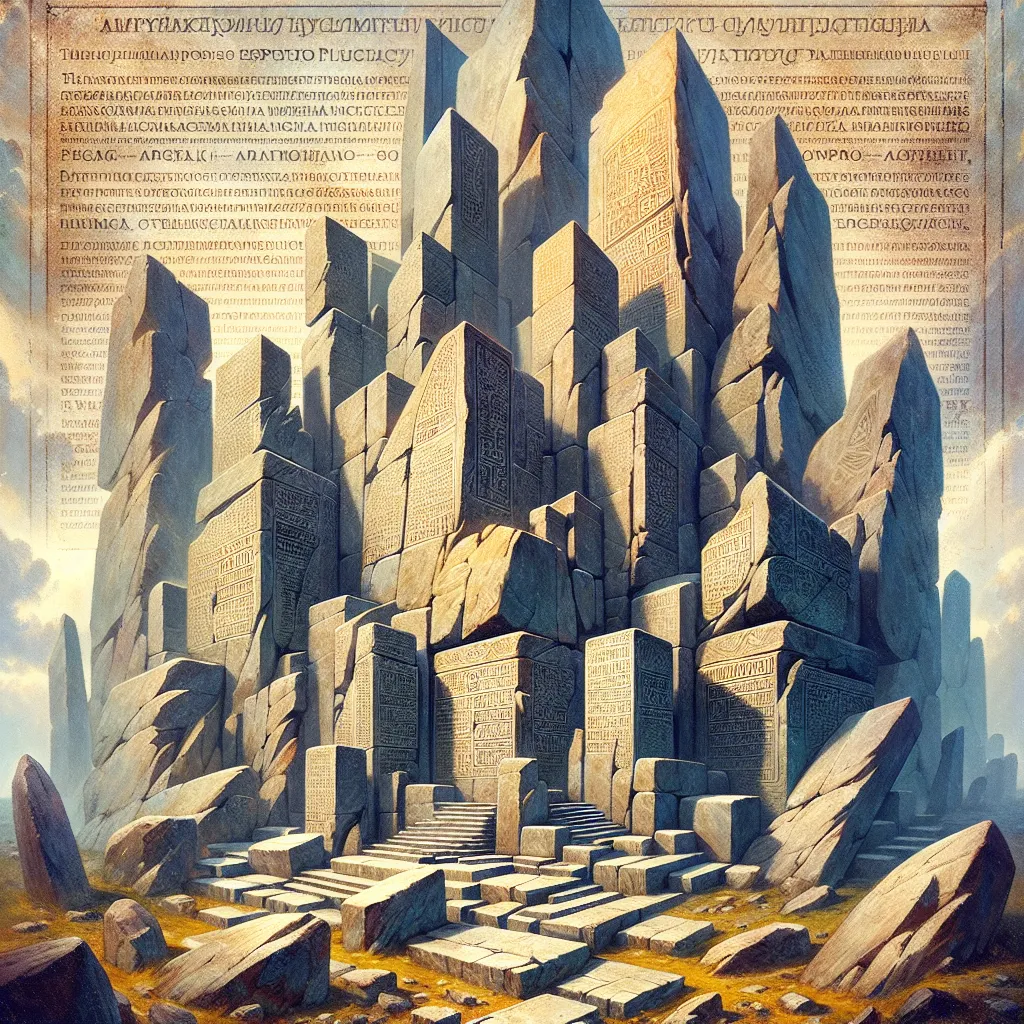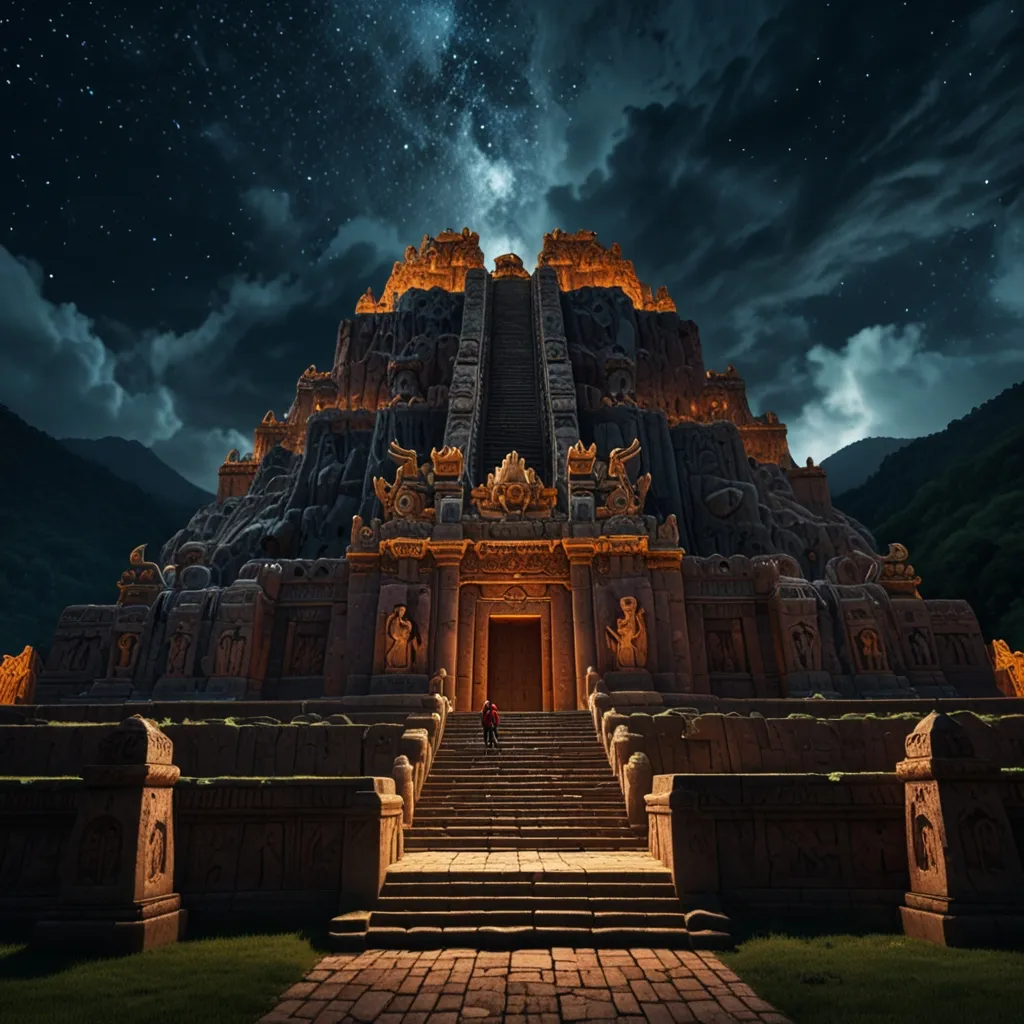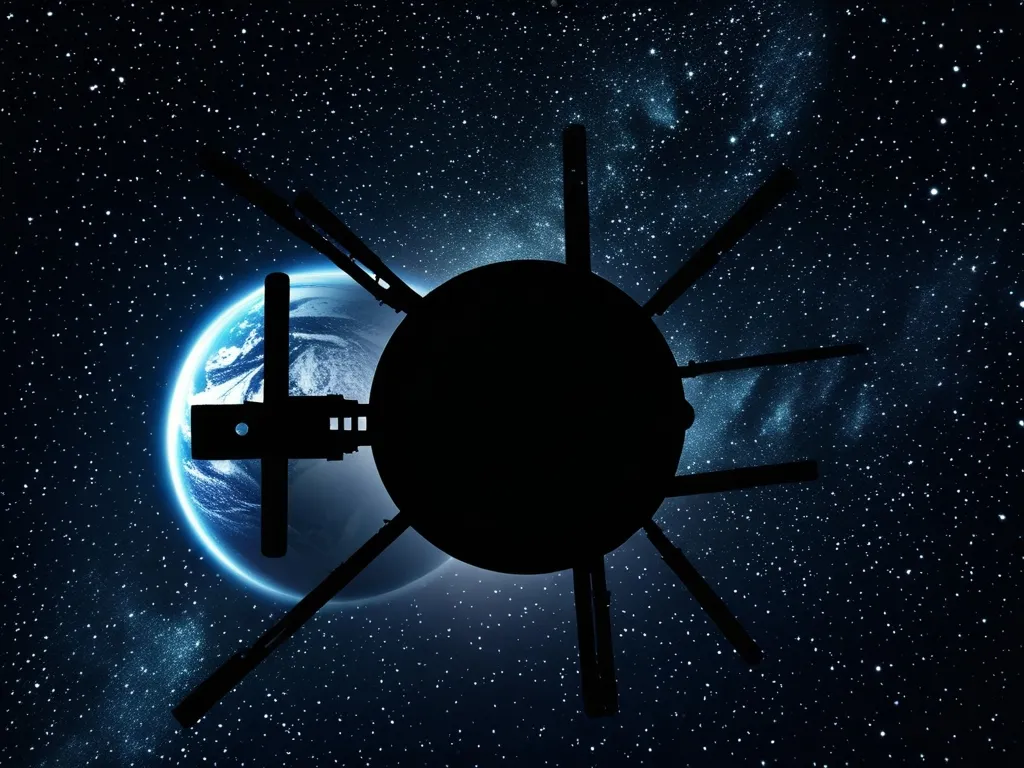Have you ever stood before an ancient monument and wondered how it was possible for early civilizations to achieve such feats of precision, especially when the tools at their disposal were little more than stone, bone, and bronze? I have, and every time I study these sites, the feeling is the same: awe mixed with curiosity, and a sense that no matter how much we uncover, the past still keeps its secrets closely guarded.
Let’s imagine walking through Machu Picchu in the pre-dawn light. The air at that altitude is thin and brisk, the stones cool to the touch. As the first rays of the June solstice sun creep across the sky, their path is not random. Instead, they are guided, channeled through a narrow window until they land—almost impossibly—on a carefully carved stone. What amazes me isn’t just the beauty of this alignment, but the precision. Modern measurements show it’s accurate to within half a degree. How did the Inca, without metal tools or advanced optics, get it so right? What were their methods, and who taught them to track the movement of the sun with such fidelity?
“The most beautiful thing we can experience is the mysterious. It is the source of all true art and science.” — Albert Einstein
Shifting thousands of miles to the jungles of Cambodia, Angkor Wat stands as an enduring testament to cosmic ambition. Its massive galleries and pools align not just north-south or with cardinal points, but mirror the contours of the night sky, with certain gate positions mapping the pattern of the Draco constellation as it appeared during the spring equinox more than 12,000 years ago. Standing in those corridors, do you wonder—who looked up and decided to bring the sky to earth? Was it merely for ceremonial grandeur, or did these layouts encode knowledge that only a few were meant to understand? The alignment isn’t a coincidence, nor is it the only example; in temple after temple, the orientation seems to speak the language of the heavens.
Humanity’s fascination with the cosmos is universal, but Teotihuacan’s complexity sets it apart. This ancient city sprawls across the Mexican plateau, dominated by the Pyramids of the Sun and Moon. Recent studies have shown that the layout of its pyramids isn’t just geometric artistry—it models the orbits of planets, scaled with mind-boggling accuracy to a 1:100,000 ratio. How would you even begin to achieve this with sticks, ropes, and observation alone? What compels a culture to anchor its city not only to the land beneath, but to the celestial dance above?
“Somewhere, something incredible is waiting to be known.” — Carl Sagan
The Great Pyramid of Egypt draws immediate attention for its colossal size and flawless form. But for me, the real marvel lies in its orientation. Its sides face true north more precisely than any European structure built before the age of the compass—with a deviation of just 0.05 degrees. That’s finer than many modern buildings achieve with lasers and satellites. The builders left no written manuals, yet the evidence is set in stone, challenging every neat timeline we draw for the rise of technology.
Pause a moment and picture yourself in Petra, Jordan. The famous rose-red city is carved from rock in a mountain canyon, and beyond its grand facades flows a water system so subtle you might miss it. Carved channels snake for kilometers, their gradient dropping just 0.03%—so gentle and so consistent that water flows smoothly and never overflows. The Nabataeans, living in a harsh desert, mastered hydraulic engineering in a way that rivals today’s best civil works. Would you trust yourself to maintain such a slope over rugged terrain with nothing but sight and string? What mental maps did these builders carry with them as they chipped away at sandstone century after century?
Every year in Malta, the Mnajdra Temples awaken with the sun. On the spring and autumn equinoxes, a knife-thin ray penetrates the prehistoric stones and lands on a marker inside—an event that happens not by chance, but by design. The alignment is so exact that the light arrives within a minute of the equinox’s astronomical moment. I often think about the people who built it, and the generations that must have observed the sky, refining the structure with each season until the stones themselves became living calendars. What motivated such devotion to precision? Was it faith, or a scientific drive to measure time as accurately as nature allowed?
“History is a gallery of pictures in which there are few originals and many copies.” — Alexis de Tocqueville
And then there are the enigmatic Nazca Lines, gigantic geoglyphs etched into the Peruvian desert. To many, they look like mere pictures—a hummingbird, a spider—but beneath those whimsical forms lie uncanny secrets. The proportions of these figures, when measured, encode mathematical constants: π and even e, expressed through the lengths and ratios of their appendages. Try to imagine creating kilometer-spanning artworks with nothing to guide you but stakes and twine. Why did the builders decide to embed such complex numbers, and for whom was this information intended? Can we genuinely claim to understand the minds that drew such precise visions from the air?
What unites these sites isn’t just their technical bravado, but the persistent question they pose: If history is an unbroken line of progress, how did so many ancient cultures leap so far ahead in certain areas, only for their knowledge to vanish or be forgotten? What other secrets still sleep beneath forest, sand, or ocean, waiting for a curious mind to ask the right question?
I’m often struck by the humility these sites demand. Every perfect alignment, every ingenious solution, contradicts the common notion that earlier peoples were ignorant or primitive. Instead, the evidence hints at lost traditions of observation, measurement, and design—some so subtle that we’ve only just begun to recognize them. Was this precision taught systematically, or did a select few possess insights now lost to time? How much of what we attribute to chance or ritual actually hides a forgotten science?
As you reflect on these mysteries, consider this: each site represents a puzzle where the known facts only deepen the questions. Scholars continue to debate, new discoveries emerge, and technological advances let us see old wonders in fresh ways. Yet, the allure is in what remains unsolved. Would the builders have wanted their knowledge remembered, or was secrecy part of the message? When you next stand before an ancient masterpiece, ask not just how it was made, but why—what did its creators hope to achieve, and what do they still expect us to learn from their silent stones?
“The real voyage of discovery consists not in seeking new landscapes, but in having new eyes.” — Marcel Proust
And that, perhaps, is the challenge these ancient alignments hand down the ages. They invite us not merely to marvel, but to keep questioning, measuring, and wondering—until we, too, are part of the long human story written in stone and starlight.






